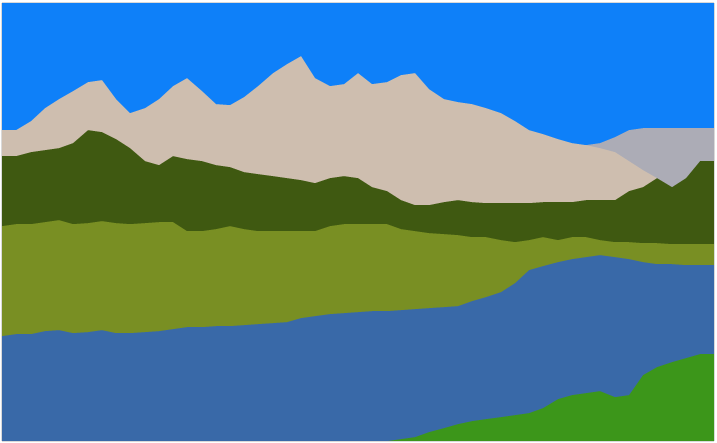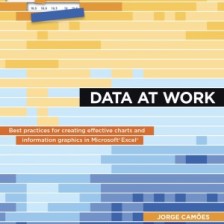
How do we translate a data table into visual objects? In the first chapters of this book, we’ll analyze this connection and why it matters. Data visualization uses a set of building blocks and manipulates their properties to create multiple chart types. Some charts will be more appealing and effective than others, though all will be useful to our study: we can learn a lot from bad examples.
Corrections & Suggestions
- One of the items in the “Anatomy of a bad chart” (page 22) is “Clip art”. It refers to a stick figure that is missing the Figure 1.16. I added back and you can see it in the workbook.
Files
- (XLSM) Workbook for Chapter 1. Please note that some charts are specific to Excel 2016. You’ll need this version to see them.
- Figure 1.1. Ceci n’est pas Magritte, by Ben Heine.
- Figure 1.8. Line chart, by William Playfair
- Figure 1.10. Hawaii, OpenStreetMap
- Figure 1.11. The Alps, NASA
Other links
Additional Resources
- (PDF) Jock D. Mackinlay. “Automating the Design of Graphical Presentations of Relational Information.” ACM Transactions on Graphics, Vol. 5, No. 2: 110–141, April 1986.

Corrections? Suggestions? Leave a replay below.